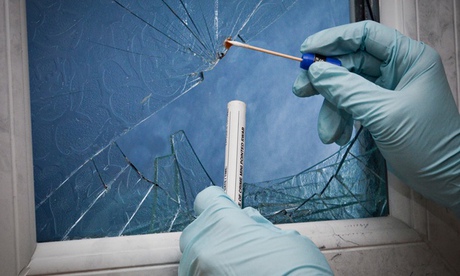Crime novelist Val McDermid charts the history of forensics and interviews crime scene investigators to get the maggots-and-all story

The other day, friends of ours were raided by the Metropolitan police, who confiscated computers and digital storage devices on suspicion of paedophile activity. The couple had neglected to secure their modem with a password, but the police needed to make sure that the modem had indeed been “compromised”. After eight weeks, the computers came back with no evidence on them of child pornography. “It’s a horrible thing for you and your family to have gone through,” said the detective constable apologising for the unjust suspicion. A perfect stranger had apparently parked his car outside the family house and, using a smartphone, hacked into their Wi-Fi network.
Increasingly, cyberspace is where we are judged by others and, on occasion, even destroyed. Yet for all the advances in digital science, folk prejudices and pathologies remain. Evidently we still make judgments from facial stereotypes, as the facially deformed are persistently regarded as criminal or stupid. Forensic science as we know it evolved partly out of the crackpot ideas of the 19th-century Italian criminologist Cesare Lombroso, who believed that “born criminals” could be known by their anatomy. Social deviancy was written in a man’s jug ears, for example, or rodent-like incisors.
More
Increasingly, cyberspace is where we are judged by others and, on occasion, even destroyed. Yet for all the advances in digital science, folk prejudices and pathologies remain. Evidently we still make judgments from facial stereotypes, as the facially deformed are persistently regarded as criminal or stupid. Forensic science as we know it evolved partly out of the crackpot ideas of the 19th-century Italian criminologist Cesare Lombroso, who believed that “born criminals” could be known by their anatomy. Social deviancy was written in a man’s jug ears, for example, or rodent-like incisors.
More
No comments:
Post a Comment